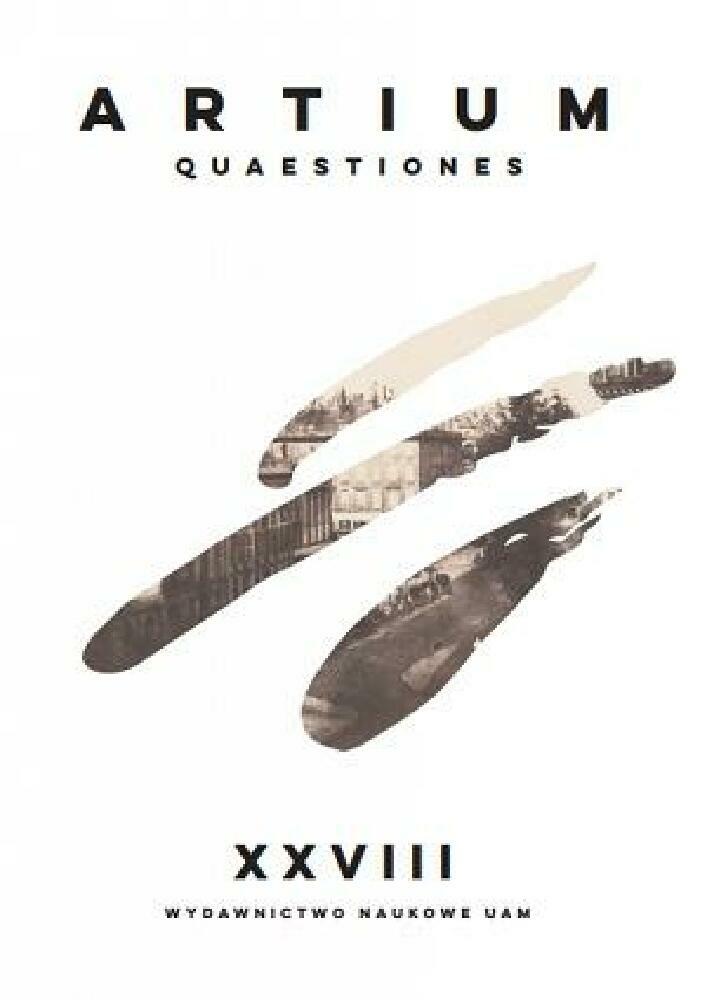Abstrakt
The analysis of everyday practices focused on photography has always been an important element of the theoretical reflection on the media. Such a social approach can be found in the writings of classics, such as Benjamin, Sontag, Barthes, and Berger, as well as contemporary theorists. In their works one can find reflection on the cultural need to create one’s image both for oneself and for others. In theory, this problem has been formulated in different ways. It may refer to making a family album (Hirsch) or to the selfie as an “extension and enhancement of a long tradition of the self-portrait” (Mirzeoff) or to action that embodies an imagined identity, rooted in communication practices (van Dijck). The gist of those discussions is the perception of oneself and others, and the technological methods of picturing, experiencing, and distributing that perception in society. The paper presents an analysis of the evolution of cultural meanings attributed to the autobiographical memory that affects the concept of identity. Photobiographies can be placed between two extremes: the nineteenth-century belief that “photography cannot flatter,” remembered by Douve Draaisma, and contemporary picture-editing programs. José van Dijck argues that contemporary digital pictures are usually “living” since they can be endlessly modified. The paper has been divided into two parts. One is a short survey of qualitative methods, based on photography and the idea of the autobiographical memory. The other presents biographical artistic practices of Krzysztof Pruszkowski, Nancy Burson, Marek Lalko, and Josef Klammer, as well as autobiographical Internet production (e.g., selfie and time-lapse photography). The conclusion is that the digital media have changed the status of the autobiographical memory by mediatizing its presence in reality.Licencja
Prawa autorskie (c) 2018 Marianna Michałowska

Utwór dostępny jest na licencji Creative Commons Uznanie autorstwa – Użycie niekomercyjne – Bez utworów zależnych 4.0 Międzynarodowe.
Prawo autorskie regulowane jest oświadczeniem autora przygotowanym przez Wydawnictwo Naukowe UAM a od nr XXVIII także umową licencyjną na publikację online zawartą pomiędzy Autorem i Uniwersytetem im. Adama Mickiewicza. Autorzy ponoszą odpowiedzialność za oryginalność zamieszczanego materiału tekstowego oraz regulację praw autorskich dotyczących materiałów ilustracyjnych. W przypadku, gdy materiały pochodzą od redakcji – odpowiedzialność ponosi redakcja czasopisma.
Ten utwór dostepny jest na licencji Creative Commons Uznanie autorstwa - Użycie niekomercyjne - Bez utworów zależnych 4.0 Międzynarodowe.
